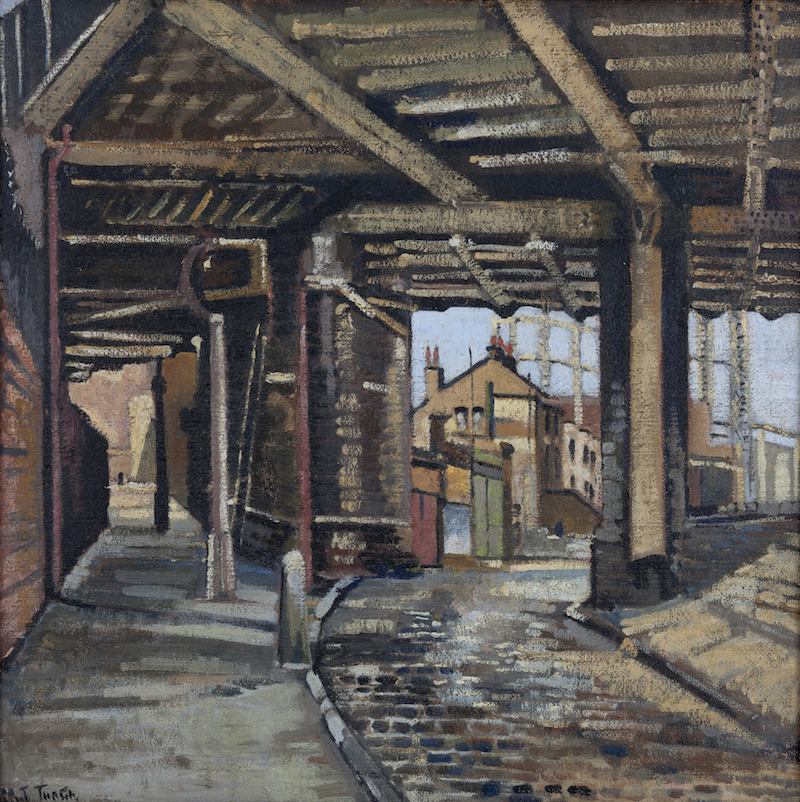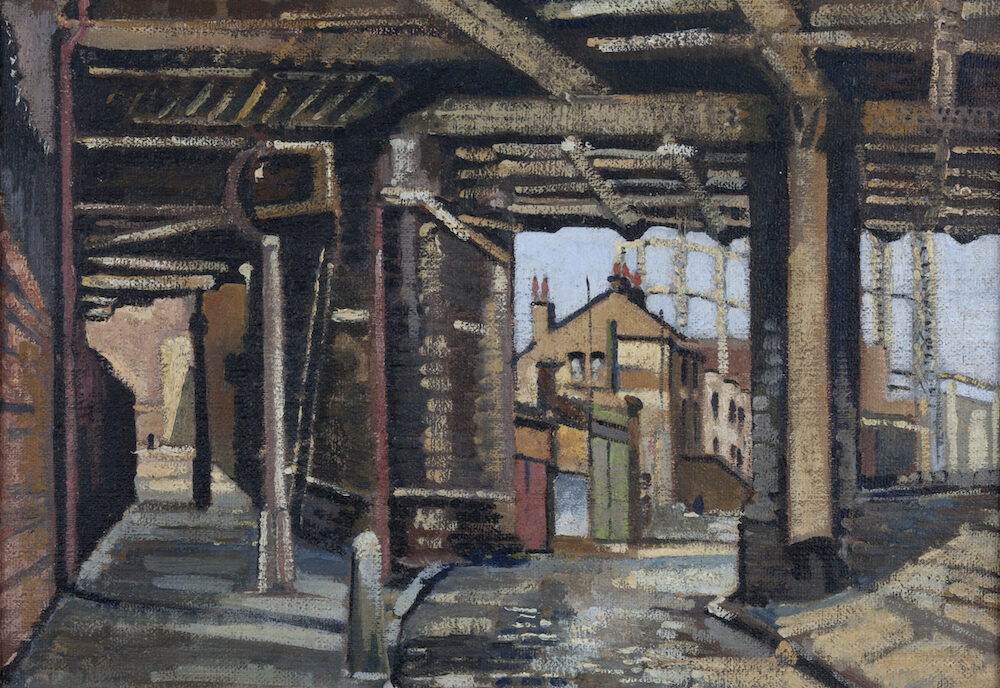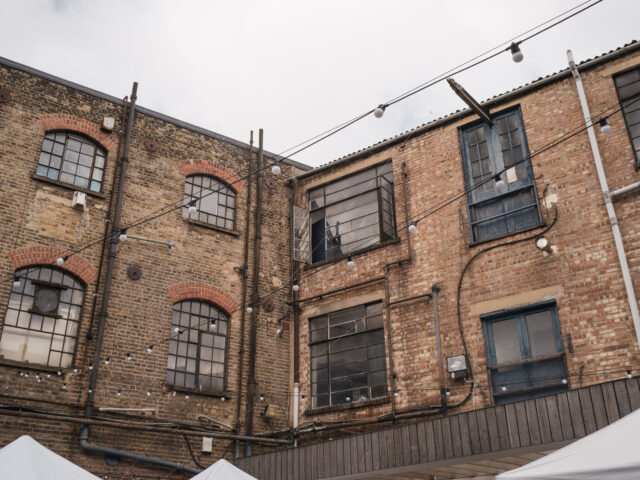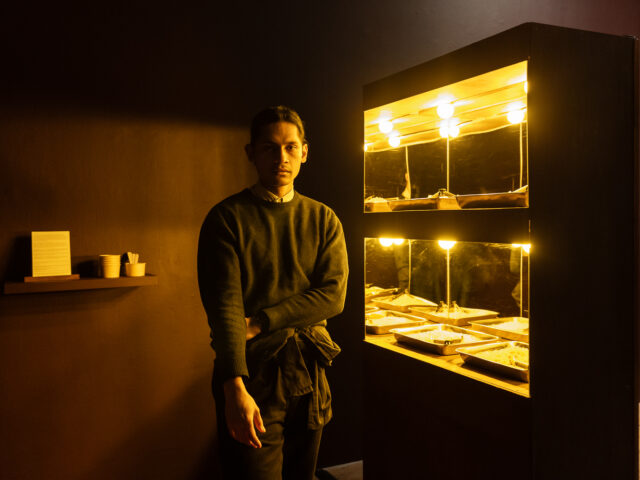Nunnery Archive | Albert Turpin
Our Director of Arts & Events, Sophie, takes a look back at some of her favourite works from the Nunnery Gallery’s past exhibitions.

Albert Turpin The Arches, Cambridge Heath Road, date unknown, courtesy the artist’s family © A.E.Turpin Estate
The Working Artist was the Nunnery Gallery’s second exhibition to celebrate the East London Group, a largely forgotten group of east London artists who became famous in the 1930s for painting the East End. Most were untrained professionally, had everyday working jobs, and dedicated their evenings and weekends to art. Painting the reality of the streets that surrounded them was a fairly radical thing to do at the time, and for many viewers it was their first ever ‘visit’ to the London’s East End. People were fascinated by these new views of the capital, illuminated through the group’s painterly skill – and they would go on to represent Britain in the Venice Biennale.
Our 2017 exhibition focussed on the artist Albert Turpin who painted many recognisable East End beacons – The Salmon & Ball, Hackney Empire, Bethnal Green Museum (now the V&A Museum of Childhood) – as well as the quiet streets of his day-to-day, views up alleys, through windows and down streets. The familiarity with which the Group painted east London is bewitching, capturing beloved streets and favourite pubs in a moment in time that is no less pertinent to its residents now.
The Arches, Cambridge Heath Road was my favourite of Turpin’s paintings in the exhibition. Though not a recognisable landmark, the scene is unmistakably east London – the cobbled street under a railway arch, lined with an up-and-down muddle of buildings, and the urban spider web of a gasometer set against the sky. Compositionally, the scene grows before us; we are standing on the road, looking in, through and up, as the angles of architecture ground us in place yet draw our eye beyond. We are transported, with Turpin’s painterly brush strokes evoking the very light and reflections of the day. The colours are soft, evocative, like a memory; it is no wonder so many feel a personal affinity between their own east London and Turpin’s paintings. His angular houses shift into shapes before us, as do the rippling daubs of cobblestones; it’s just enough detail paired with just enough illusion. The painting carries me to many happy walks along Cambridge Heath Road and the canal, warmed by the reassuring feeling that someone captured the memory many years before.



